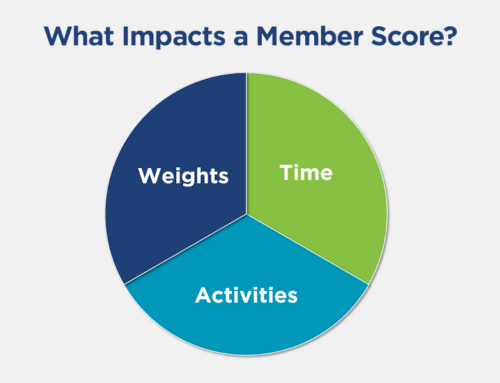Most of our clients are interested in identifying the characteristics of members who are profitable and engaged and those that are not. But how do you identify and attract new people and organizations that have the propensity to be engaged? View your current audience the way a marketer would, using demographic data and psychographic information.

Modern marketers are now targeting customers through psychographics. Psychographics is the market research or statistical way of classifying population groups according to psychological values. Examples of psychographic data may include category of the most commonly accessed web sites, amount of money spent on certain products, distance traveled to events, volunteer activities, etc. Psychographics can provide much more useful information about customers. Not only can you aggregate the data about your members and customers that is stored within your AMS, you can also use social profile data and behavioral data by viewing web site activity.
Amazon.com was an early innovator, introducing customers to “recommended products” and “users like me also bought.” Using algorithms, they are able to predict what their customers are interested in. Because it is likely that you already have a lot of data on your members and customers (maybe even more than you realize), you too can leverage psychographics within your association.
Using data to determine psychographic groupings can also be more reliable that self-selected demographics. While performing analysis for an association, I looked at the demographic question which asked what category they were interested in. I then compared it to the category of web pages they visited the most. What was interesting was they did not always correspond. The reason for the difference may vary. Perhaps they answered that question 2 years ago and have changed job positions, perhaps they didn’t understand the category they were choosing. Regardless of the reason why, it’s now possible and more reliable to categorize customers based on their behavior.
There is a major shift in marketing, moving away from the broad-based, “spray and pray” advertising to highly targeted, relevant advertising. This is done using psychographic groupings and is a technique that you too can utilize for a better understanding of your customers. When we receive information about something we are interested in, we are not usually offended, and if the approach is correct, we even value it. But when inundated with irrelevant promotions studies show that customers consider it invasive. Using psychographic profiling, you can improve rapport with your customers as well as increase your marketing efficiency.



